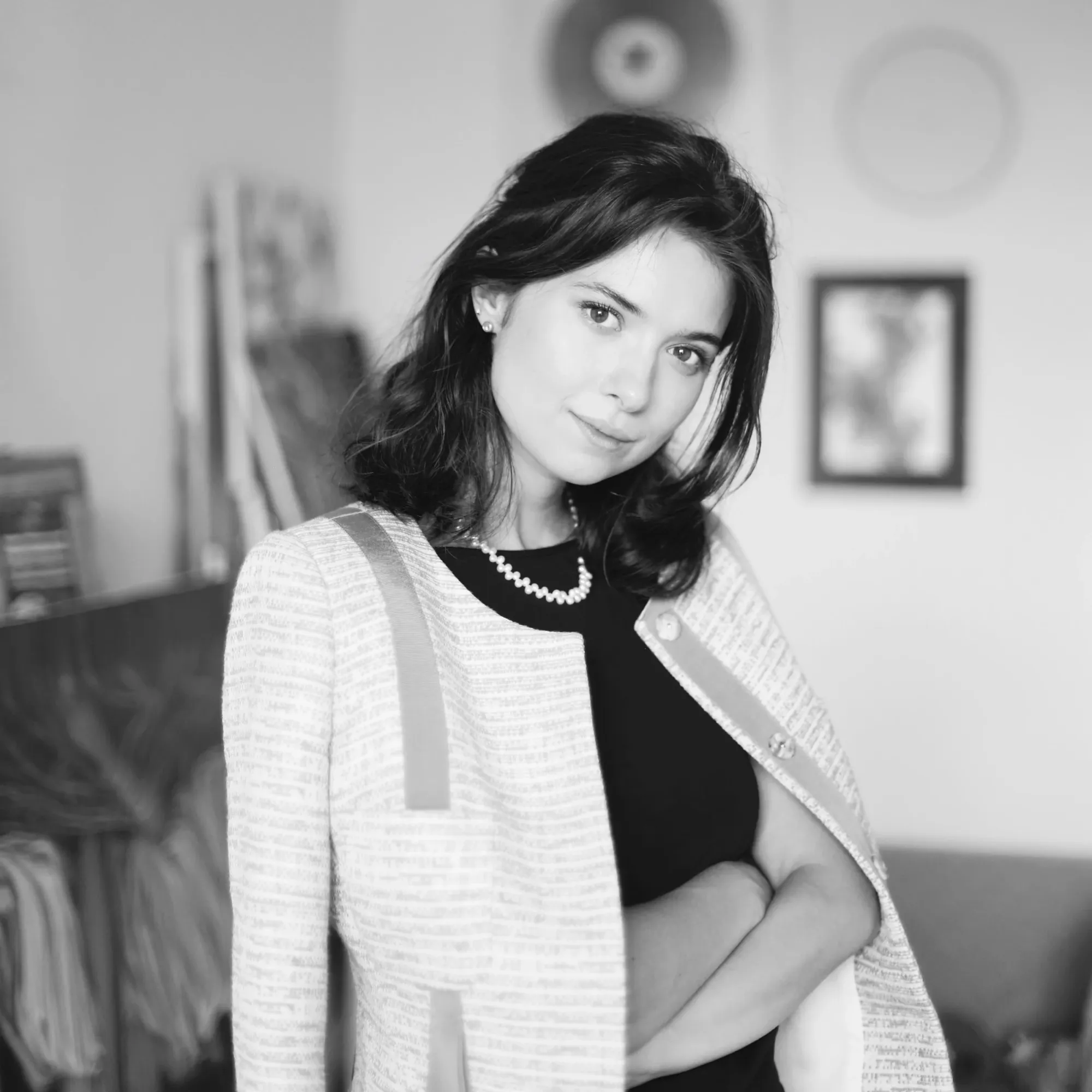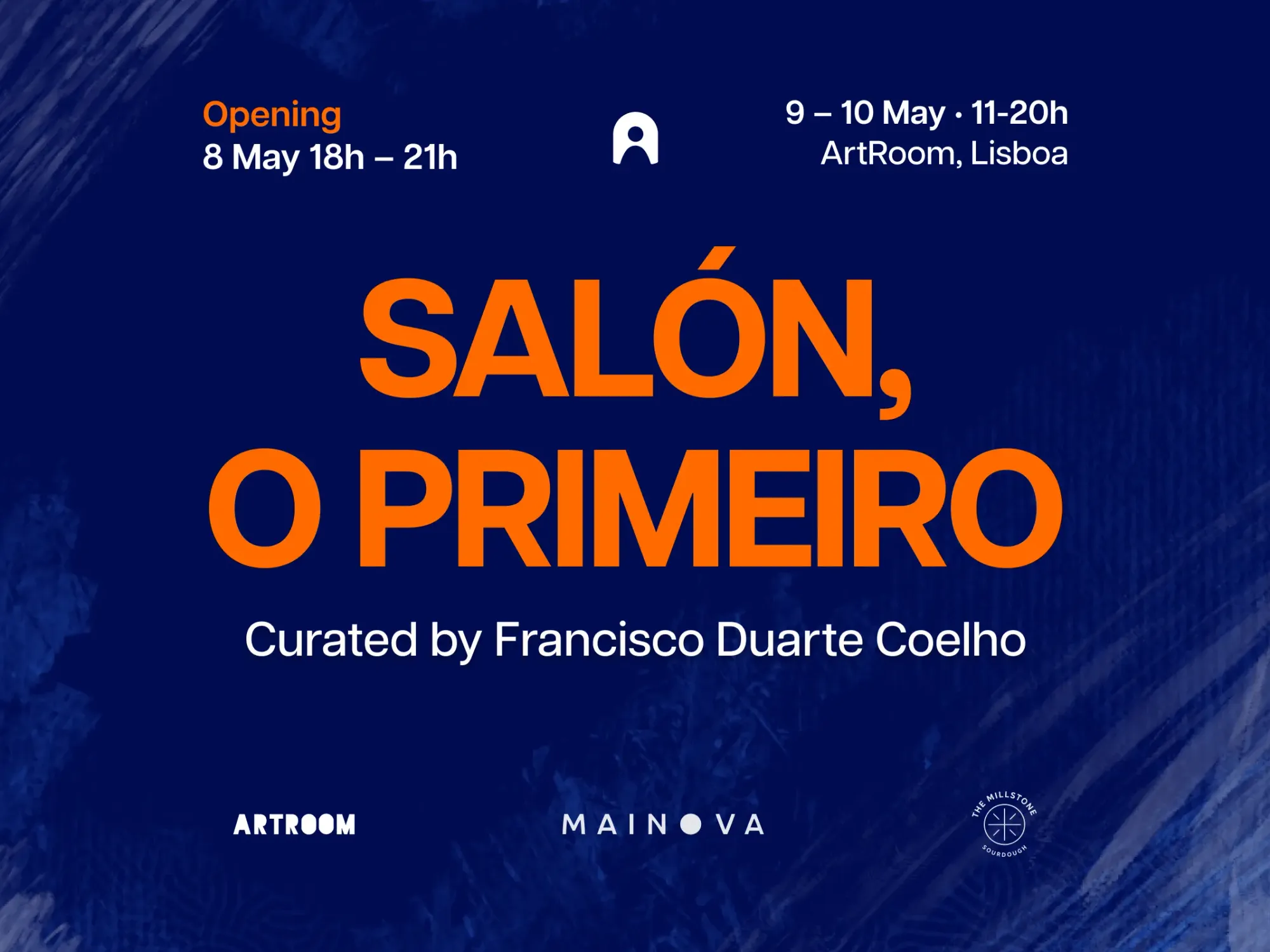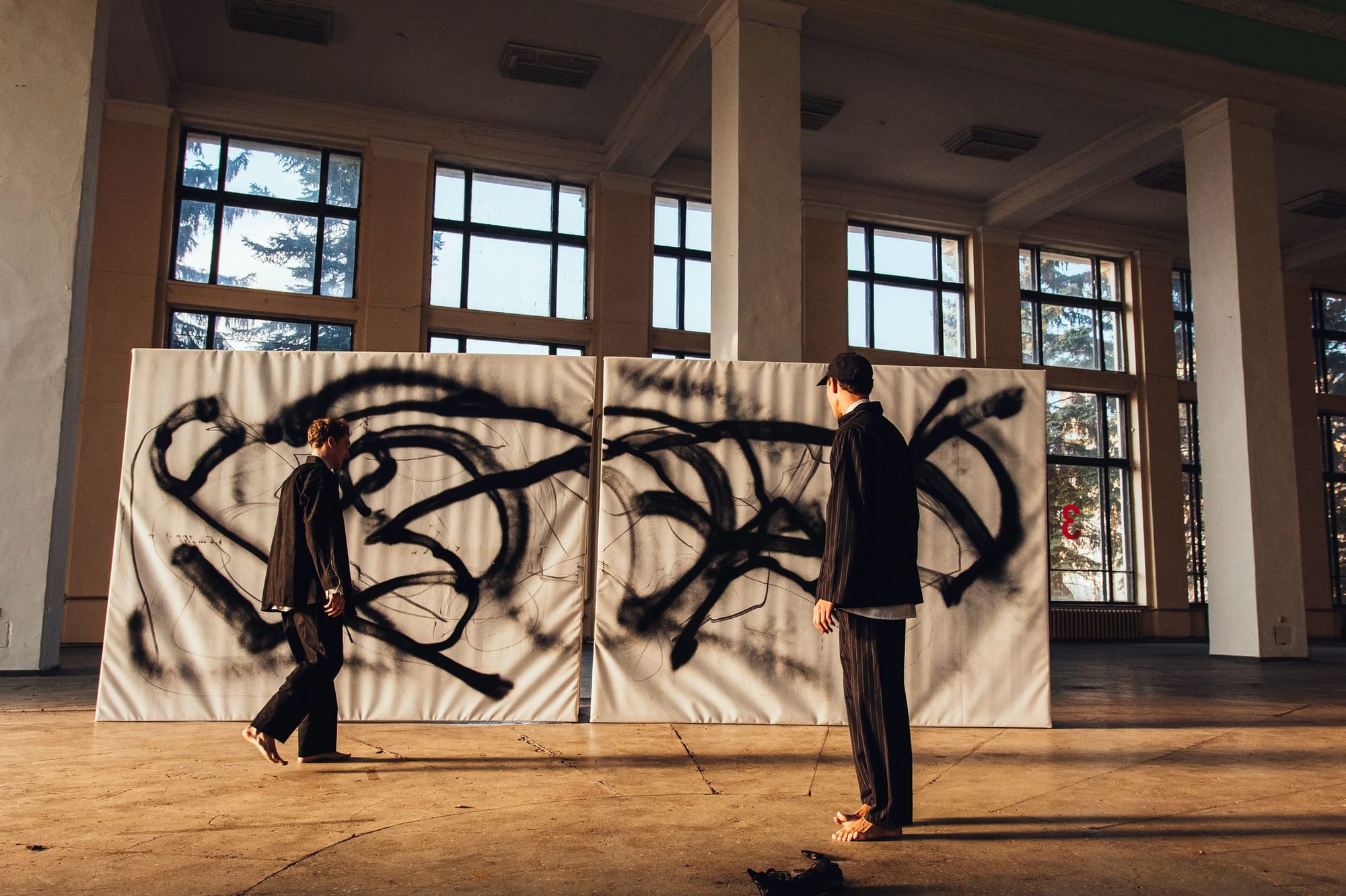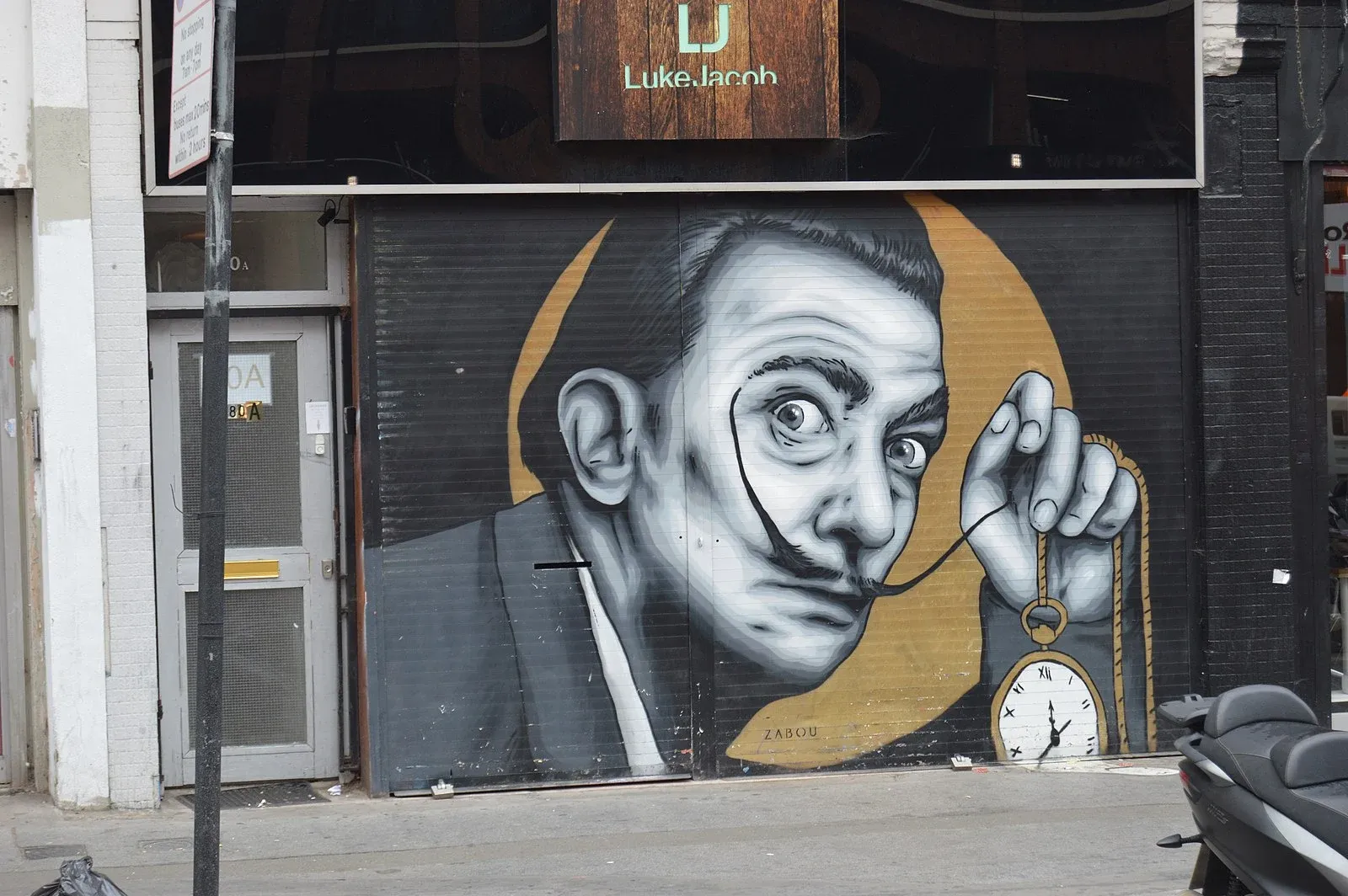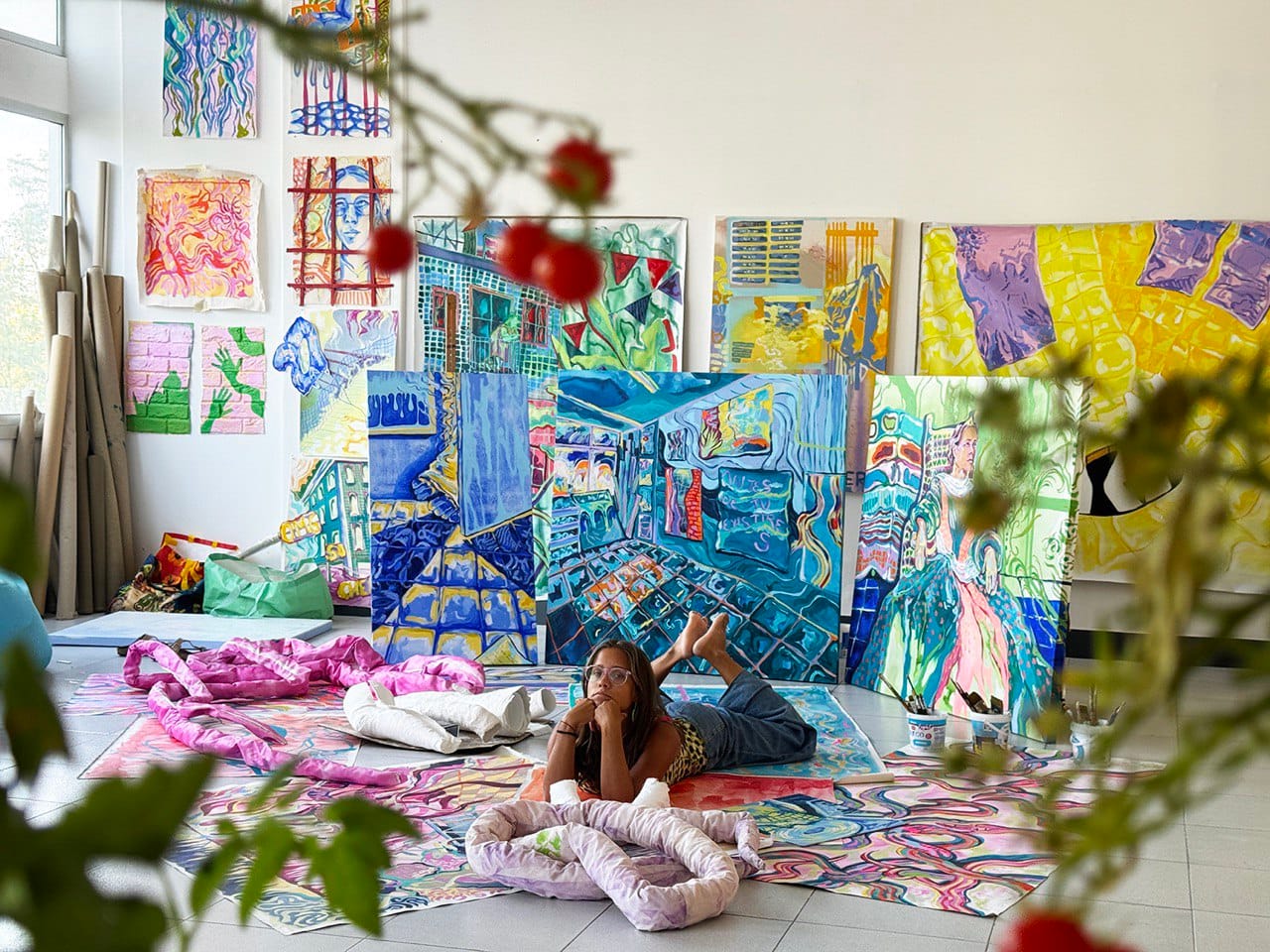The Most Famous Self-Portraits in Art History: Iconic Paintings, Photography, and Abstract Masterpieces
Art history demonstrates that self-portraiture maintains an essential role as it enables artists to explore their identity and self-understanding alongside their experimental artistic techniques. The span of self-portraits from early Renaissance to modern conceptual art demonstrates how artists express their personal experiences and emotional states through technical mastery. Self-portraits serve as more than physical likenesses as they express substantial insights into cultural settings and artistic development. Throughout history many renowned artists made self-portraits which stand as some of the most revered and thought-provoking pieces of art history.
Jan van Eyck – Portrait of a Man (1433)
Jan van Eyck’s Portrait of a Man represents one of Western art’s initial self-portraits and showcases his mastery of oil painting techniques. Through the subject's intense expression and well-defined facial characteristics van Eyck exhibits his skill in crafting detailed textures alongside realistic features. The fur-lined red turban adds a mysterious and sophisticated aura to the subject and shows van Eyck's skillful depiction of fabric textures and light effects. This artwork serves as evidence for the development of individualism during the Northern Renaissance era.
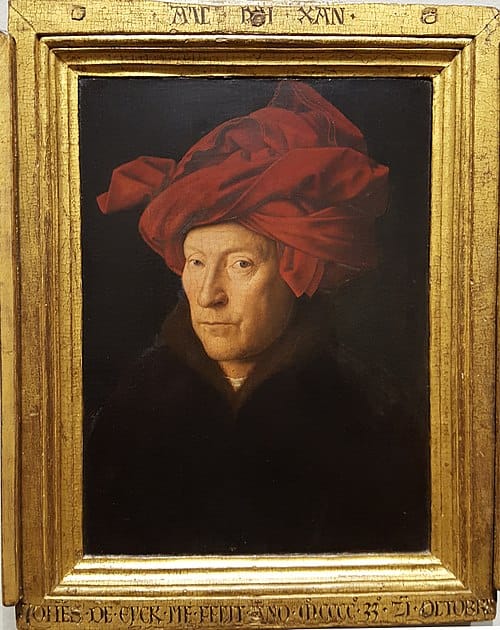
Albrecht Dürer – Self-Portrait at 28 (1500)
Albrecht Dürer's 1500 self-portrait stands out because it strongly mirrors traditional Christ imagery. The painting's symmetrical composition combined with its intense gaze achieves a spiritual aura and demonstrates artistic success. His technical excellence shines through the detailed painting of his hair and clothing which features dark colors. The Latin signature by Albrecht Dürer stating "Thus I, Albrecht Dürer of Nuremberg, painted myself with enduring colors at the age of 28 years" demonstrates his belief in the elevated status of artists during the Renaissance.
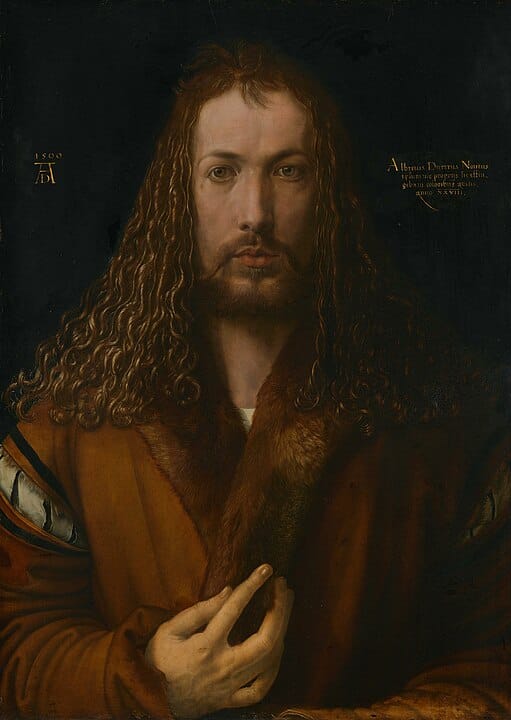
Rembrandt van Rijn – Self-Portraits (Various, 17th Century)
Rembrandt created nearly 100 self-portraits during his artistic career which document his physical transformations over time and his changing emotional and social circumstances. The succession of Rembrandt’s self-portraits transition from his initial self-assurance to his later years of fatigue while revealing the deep psychological layers within his persona. Rembrandt uses strong contrasts between light and dark in his chiaroscuro style to produce dramatic effects that emphasize his expressive eyes and thoughtful facial expressions. Rembrandt developed a visual autobiography through his self-portrait series that allows viewers to experience both his triumphs and struggles as a celebrated artist.
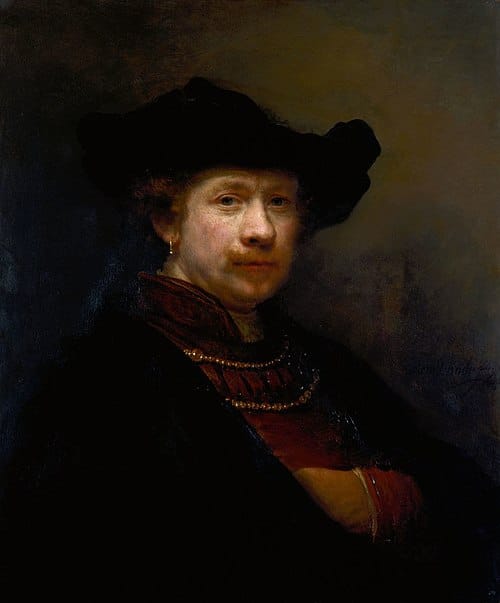
Élisabeth Vigée Le Brun – Self-Portrait in a Straw Hat (1782)
The famous female painter Vigée Le Brun defied traditional norms by producing bold and polished self-portraits in the 18th century. Vigée Le Brun's self-portrait showcases natural textures and bright colors that exude beauty and elegance. Her warm smile combined with her direct gaze demonstrates her openness and self-assurance. She functioned as the primary portrait painter for Queen Marie Antoinette while creating lasting visual representations of the French monarchy. Vigée Le Brun achieved recognition in the male-dominated art world through her self-portraits which remain celebrated masterpieces of Rococo portraiture.
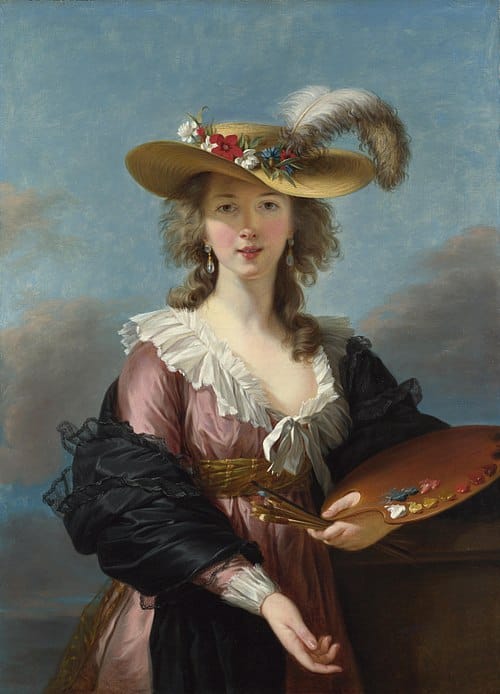
Vincent van Gogh – Self-Portrait with Bandaged Ear (1889)
Vincent van Gogh’s artwork depicting himself after his infamous ear incident remains one of history’s most famous paintings because of its powerful emotional expression. Through his dynamic brushwork and vivid yet unsettling color choices Van Gogh demonstrates his artistic genius and mental turmoil. The stark contrast between his pale, damaged face and the vivid green background accentuates his fragile condition. This artwork reveals how Van Gogh's mental health struggles intersected with his relentless dedication to painting despite his emotional turmoil.

Frida Kahlo – The Two Fridas (1939)
Frida Kahlo's self-portraits depict both her physical pain and emotional struggles. The Two Fridas presents two versions of herself: The artwork displays Frida Kahlo in Tehuana dress on one side while she wears European clothing on the other to symbolize her mixed heritage and dual identity. The open hearts and the torn artery connecting the two images convey profound meanings about romantic feelings and individual identity challenges. Kahlo merged surrealism with her personal stories to produce an iconic self-portrait that inspires deep thought.
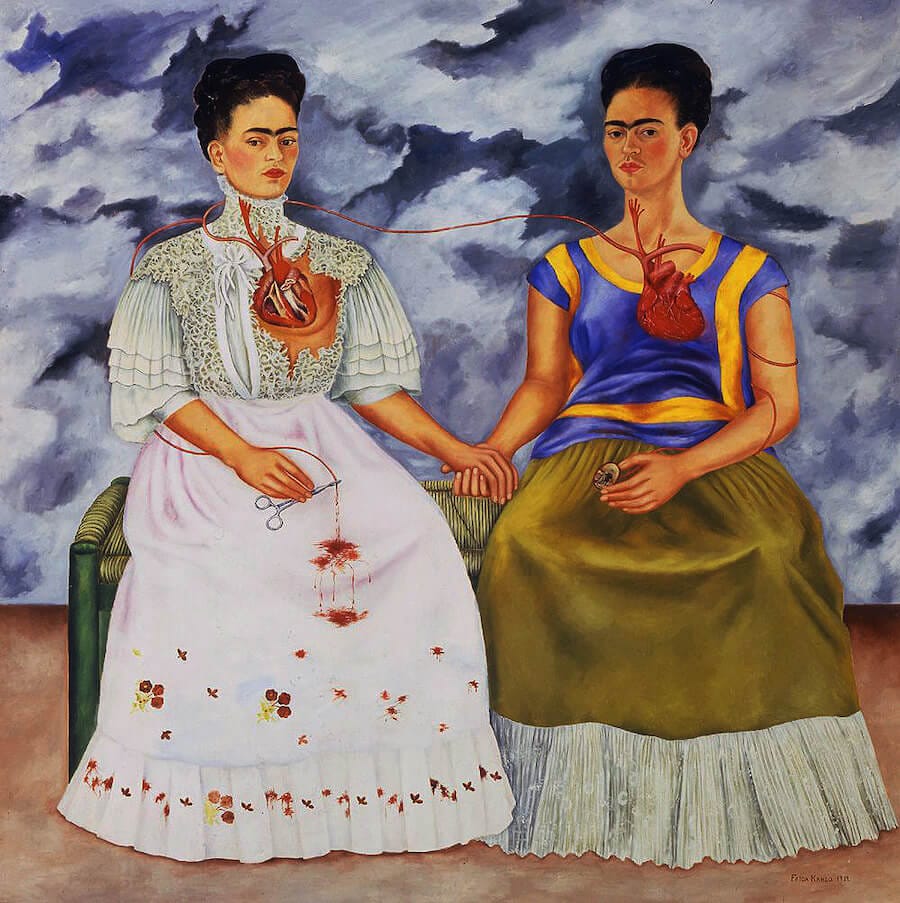
Pablo Picasso – Self-Portrait Facing Death (1972)
Picasso’s ultimate self-portrait displays his direct engagement with mortality through its unpolished yet powerful lines. The skeletal face in his self-portrait powerfully highlights his deep introspective artistic approach. The artist's final self-portrait captures his emotional turmoil and pressing need to reflect upon his life's achievements just before passing away. The sketch catches the viewer's attention with its wild and haunted eyes that display a mixture of fear, defiance, and acceptance at the same time.
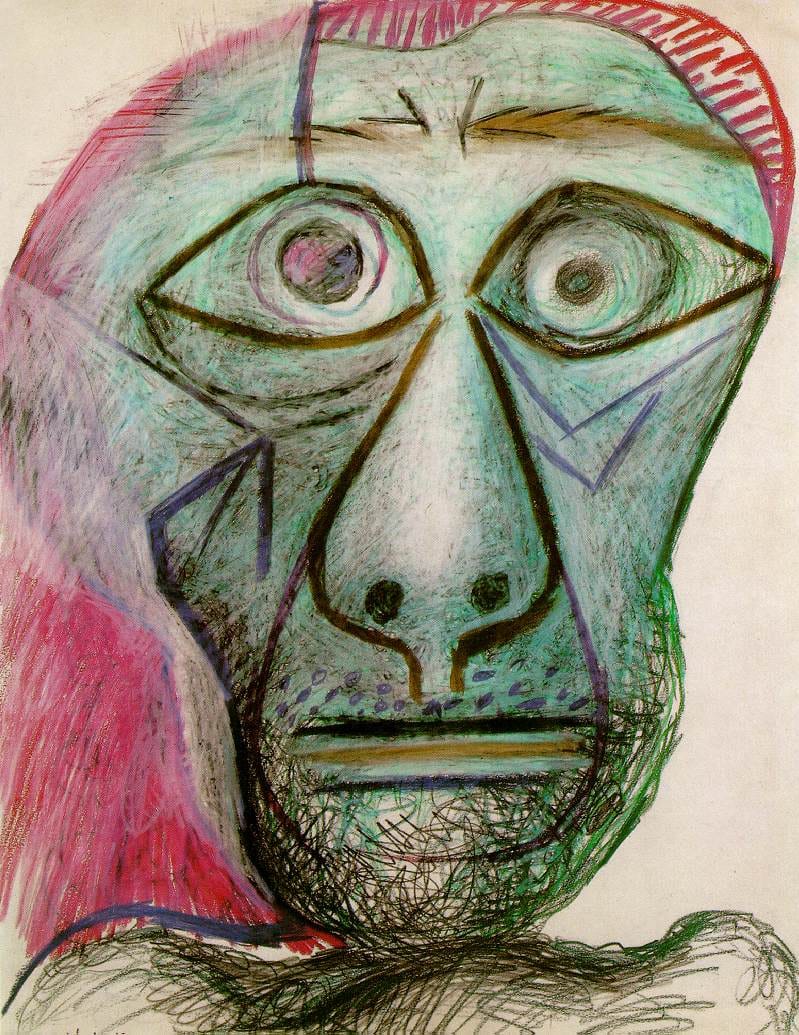
Andy Warhol – Self-Portrait (1986)
Warhol's final self-portraits investigated his personal identity and celebrity status and engaged with death-related themes. His bold color choices and screen-printing methods transformed the traditional self-portrait into a modern pop art statement. The Fright Wig series combines vivid neon colors with black backgrounds to examine celebrity culture and existential themes. Warhol's strategic management of his public image demonstrated his profound commitment to commercial tactics and self-promotion.
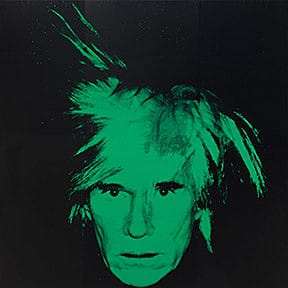
Francis Bacon – Three Studies for a Self-Portrait (1973)
Bacon's self-portraits showcase a grotesque and abstract human countenance which serves to depict his profound psychological and emotional suffering. With fragmented imagery Bacon challenges traditional self-representation methods to reveal identity as both unstable and multifaceted. In his distorted facial features Francis Bacon communicates his existential fear while unearthing the dark depths of human nature.
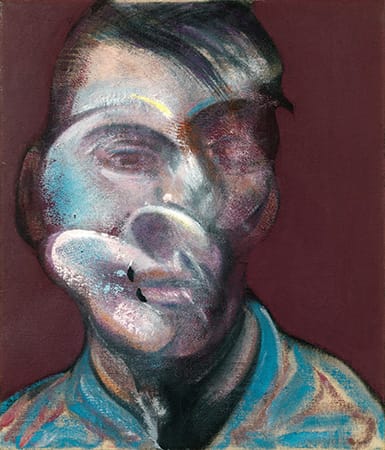
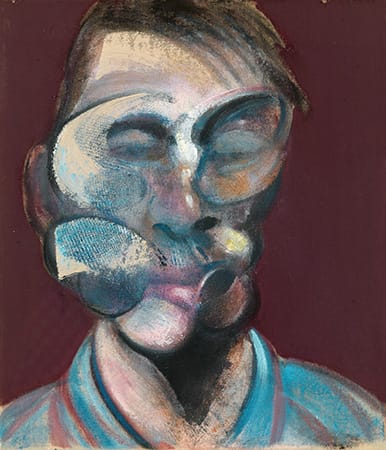
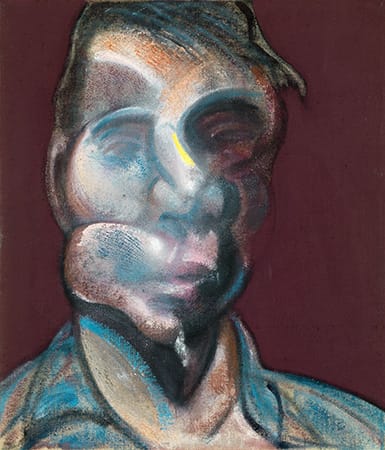
"Three Studies for a Self-Portrait", Francis Bacon, 1973 © The Estate of Francis Bacon. All rights reserved. DACS 2018
Egon Schiele – Self-Portraits (Various, Early 20th Century)
Through distorted forms and twisted poses Egon Schiele's self-portraits express intense emotional energy. By using bold lines and stark color contrasts Egon Schiele captures both physical and psychological vulnerability to create some of modern art's most powerful self-portraits.
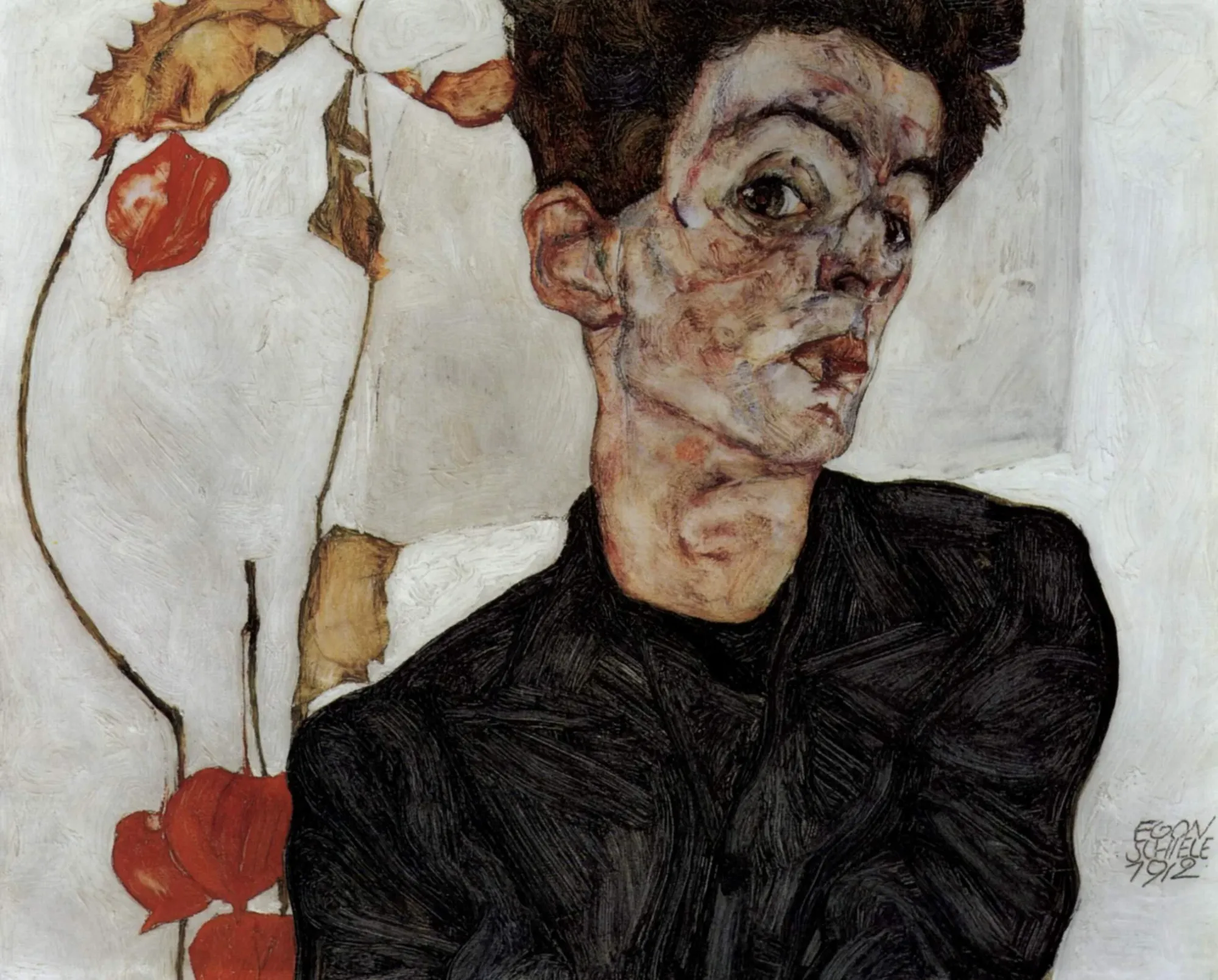
Cindy Sherman – Untitled Film Stills (1977-1980)
Through conceptual photography Cindy Sherman redefined self-portraiture by assuming various characters in her work which challenged traditional concepts of identity and questioned media representations as well as gender roles. Through the Untitled Film Stills series Sherman shows how women's identities are constructed by popular culture and illustrates how self-portraits move beyond simple self-representation to serve as instruments for social commentary.
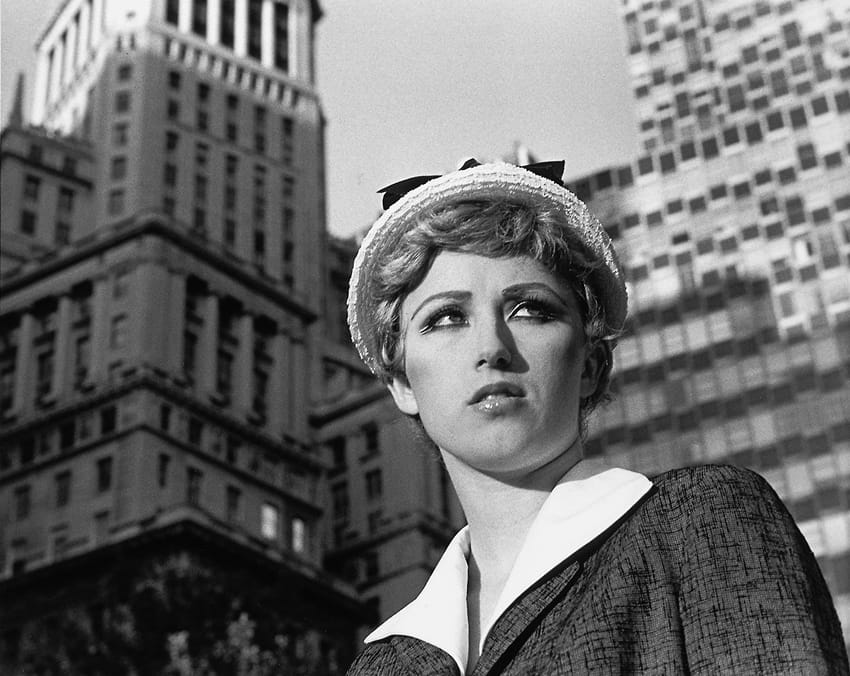
Yayoi Kusama – Infinity Mirror Rooms (Ongoing)
The artist Yayoi Kusama merges self-portraiture elements with her immersive installation art and avant-garde pieces. Her Infinity Mirror Rooms exhibit her personal image while exploring self-obliteration themes through repetitive design elements. Through photography and installation art Yayoi Kusama converts her self-portraits into multi-dimensional pieces that question established methods of self-representation during our digital age.
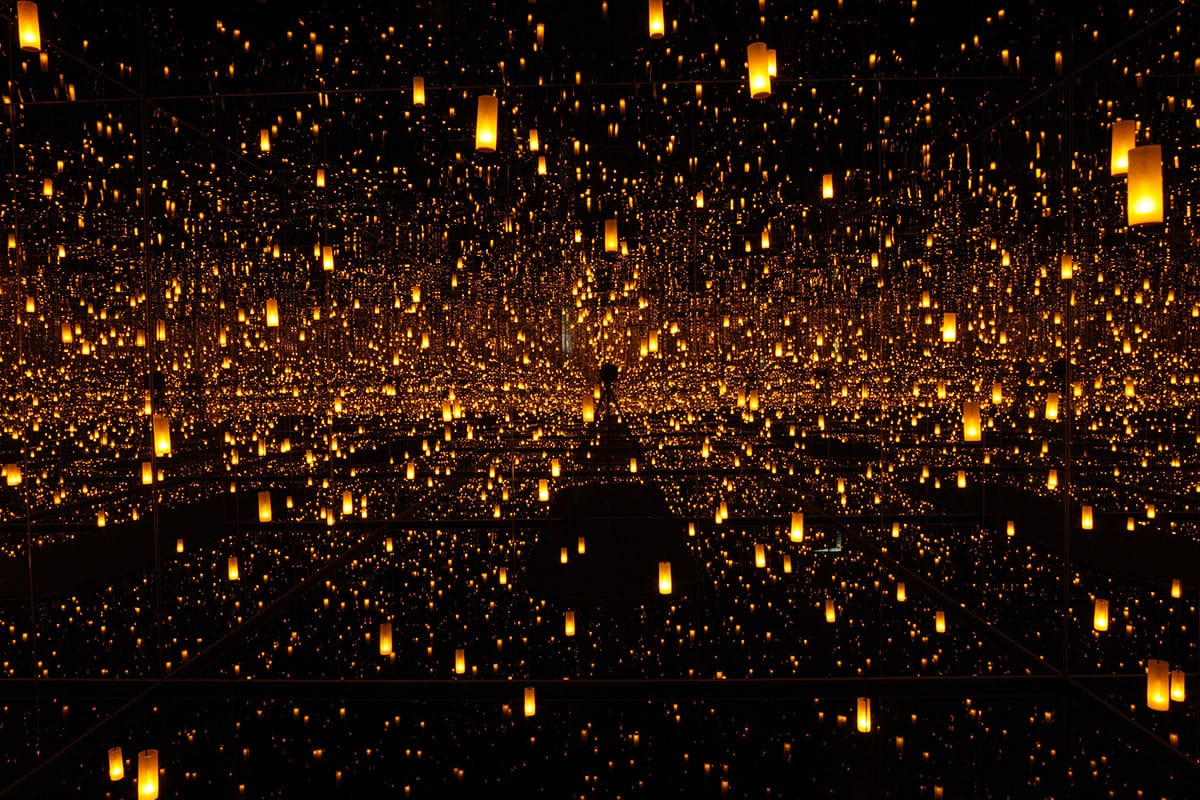
The Lasting Impact of Self-Portraiture
Among artistic creations self-portraits emerge as the most powerful and insightful mediums. Through self-portraits artists showcase their physical traits while simultaneously disclosing their psychological conditions and personal struggles together with their artistic growth. Self-portraiture has historically enabled artists to assert their presence and explore their identities through their work while engaging with broader cultural and artistic movements. The self-portrait retains its position as a significant artistic form across multiple mediums such as oil paintings and photography in addition to abstract expression.
